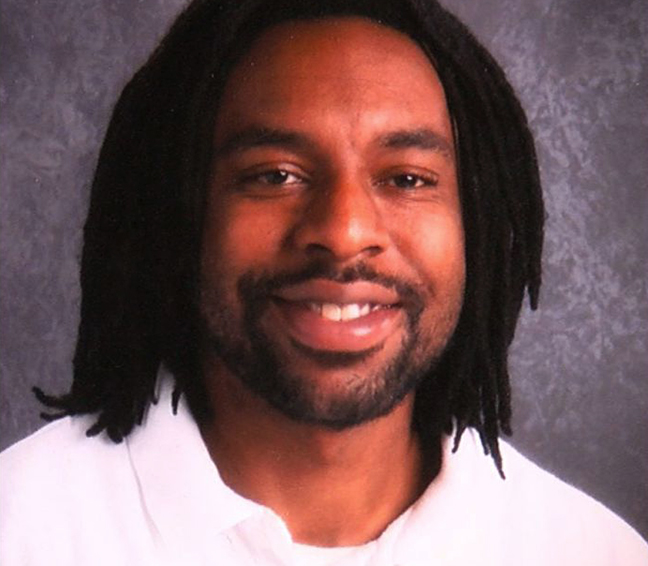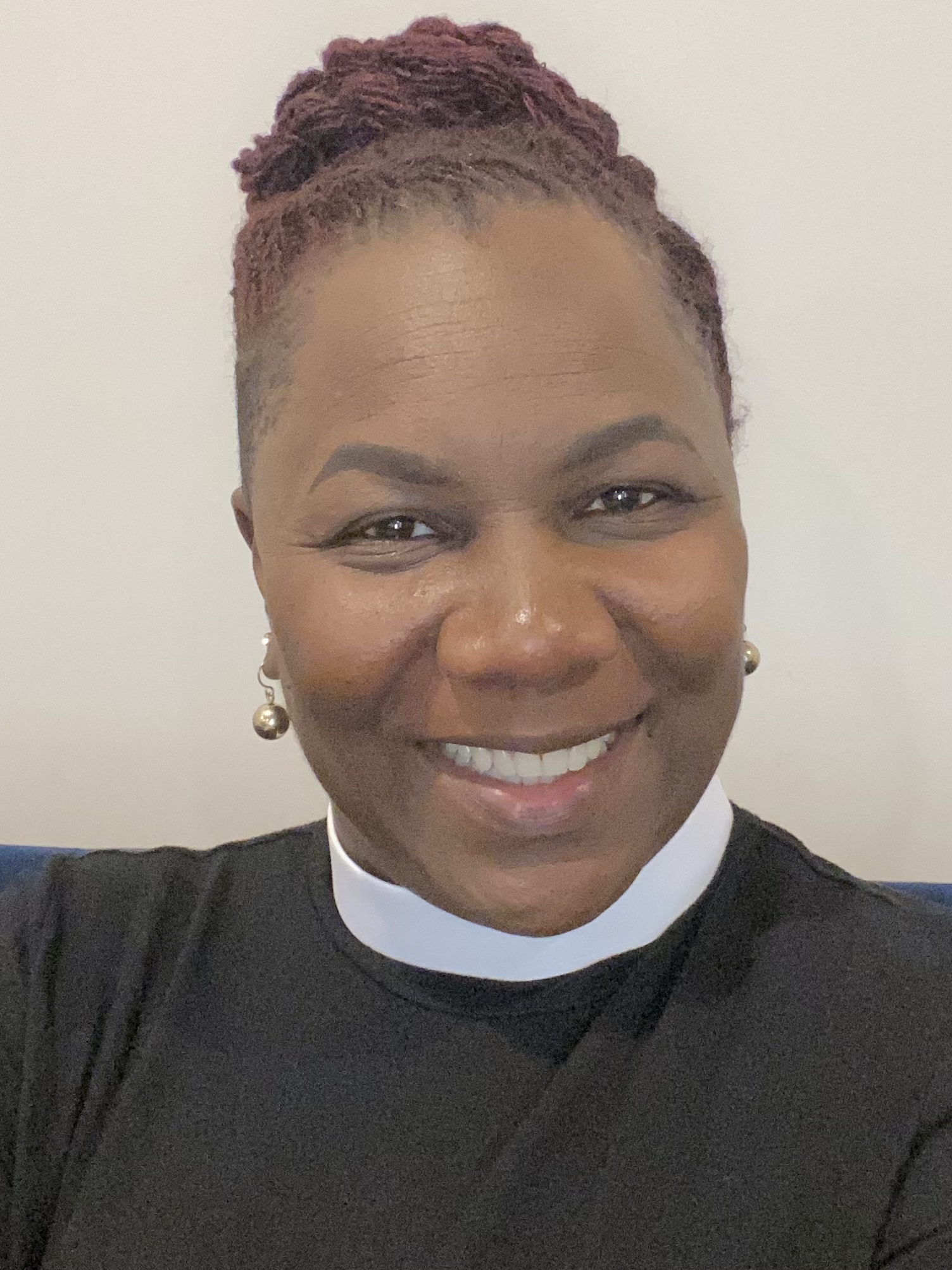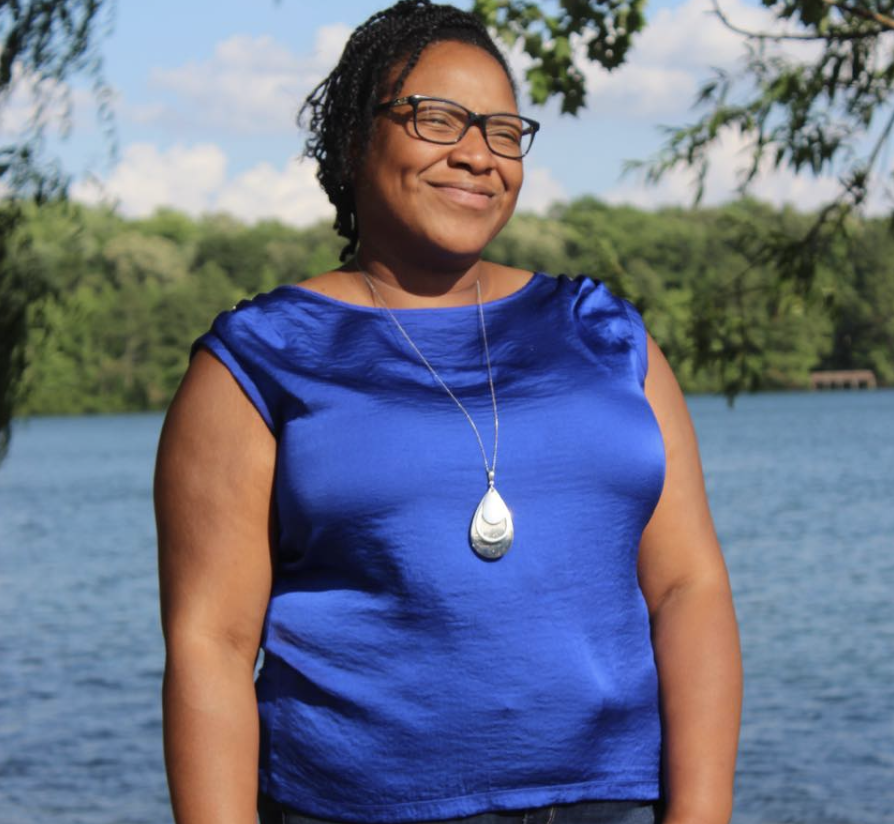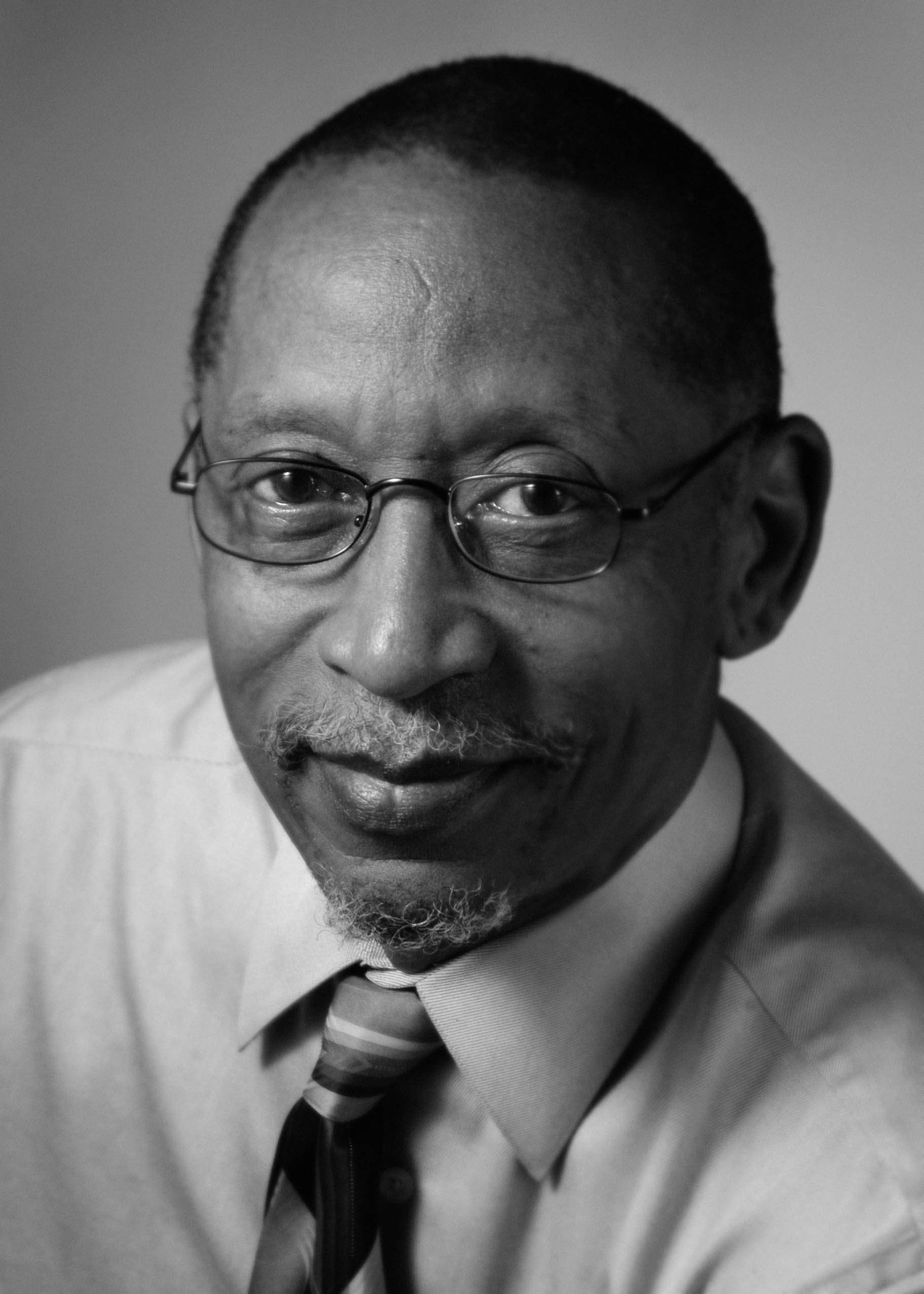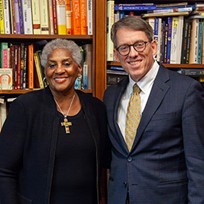The Lynching of Philando Castile
By: Jenn M. Jackson
There are subtle (and not so subtle) reminders everywhere that Black lives do not matter. The recent acquittal of Philando Castile’s killer is one of the more obvious cases.
In July 2016, Officer Jeronimo Yanez pulled over 32-year-old school cafeteria worker Philando Castile, Diamond Reynolds (Castile’s girlfriend), and Reynolds’s 4-year-old daughter who was sitting in the backseat.
When asked for his license and registration, Castile went to grab his wallet. He then explained to Yanez that he wasn’t pulling a weapon – though he was licensed to carry. Yanez became agitated, supposedly concerned that Castile was pulling a loaded weapon. Within 40 seconds of pulling them over, Yanez unloaded seven shots into the vehicle. Five of the bullets hit Castile.
His final words were simply, “I wasn’t reaching…”
In June, Yanez was acquitted of all charges.
Ever since, the public has been subjected to the ubiquitousness of the dash cam footage showing the public execution of a compliant Black man who had done nothing wrong. These videos, like those we have seen of the murders of Tamir Rice, Laquan McDonald, Eric Garner, Walter Scott, John Crawford III, and so many others, are part of the ways that racist imaginings of Black criminality are transmitted to others in the public sphere.
They feed White America’s desire to continue to see Black people as inherently criminal and deviant to justify hypersurveillance and over-incarceration of Black and Brown people.
Further, it is important to see these videos as a part of a larger theme in American society that turns Black Death into a product for white consumption.
Like the postcards of lynched Black bodies that circulated in the early years of the twentieth century, the town gatherings that featured the maimings and hangings of Black people for petty offenses or none at all, and the early recordings of lynchings on phonographs, dash cams, body cams, and smartphones have become the devices used to document and display lynchings of Black people, overwhelmingly men, in the United States.
Let’s not forget that these conditions affect Black women too.
The #SayHerName campaign draws attention to the deaths of Black women and girls like Rekia Boyd, Miriam Carey, Bettie Jones, Sandra Bland, and Aiyana Stanley-Jones who each died after interactions with police. While their deaths were not captured on video, they do shine light on the ways that the policing of Black and Brown communities undermines the safety of everyone who comes into contact with officers.
The sad truth is: while many people have hoped that this video footage would mean more indictments and more justice, that just hasn’t been the case. Perhaps this is because white people still see these acts as justified.
No matter how gruesome, how undeserved, or how unfair, their supposed fear of Black criminality makes these videos an instrument in substantiating their fear rather than quelling it.
The Castile family recently reached a $3 mil settlement with the city of St. Anthony, Minnesota. Like so many kin of these slain Black people, Philando’s mother, Valerie Castile, was paid in dollars instead of justice.
But, unlike popular belief, recording the murders of Black people won’t push us any closer to justice. They don’t ensure that officers will be indicted on charges. Nor, do they convince juries that Black Lives Matter.
What we are witnessing is a technological era that allows us to record our own oppression, to witness our own genocide, and to actively transfix ourselves every time justice eludes us.
Jenn M. Jackson is a Ph.D. student at the University of Chicago, a mother of three, and a writer at the intersection of politics, parenting, and pop culture. Learn more about her at her website:www.jennmjackson.com.

